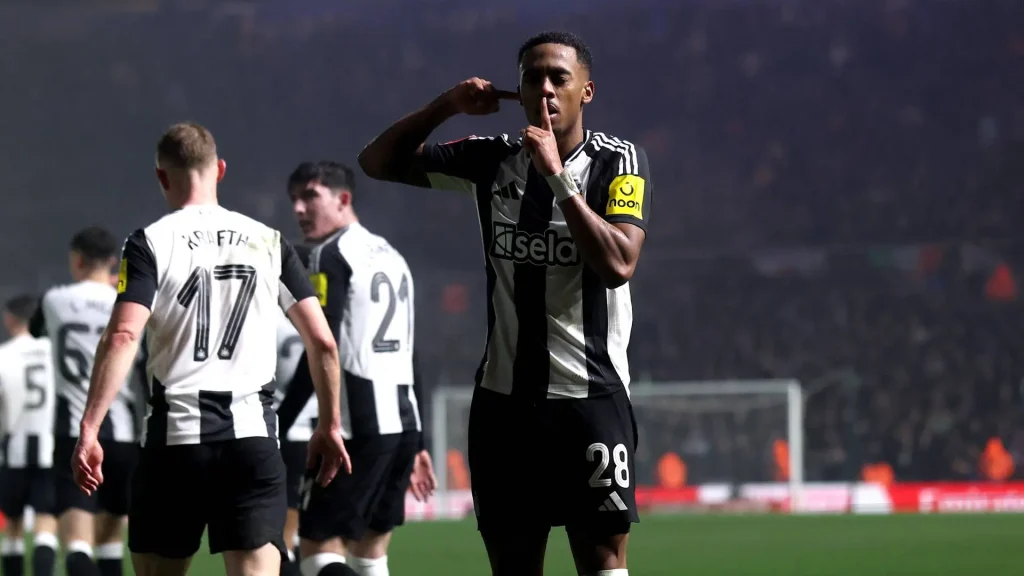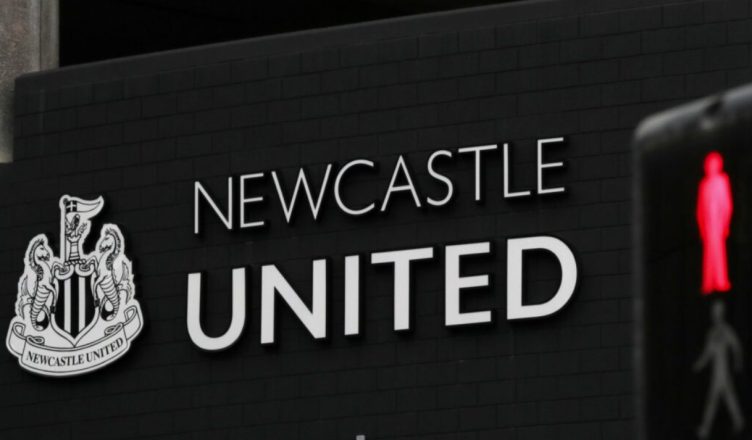As Newcastle United prepare for another European campaign, the club faces crucial decisions about squad depth and player retention—with Joe Willock emerging as a potential casualty of their evolving midfield hierarchy.
The former Arsenal midfielder, once a vital cog in Eddie Howe’s system, now finds himself at a career crossroads at St James’ Park, with speculation mounting that Newcastle may consider offers for the 25-year-old this summer.
Willock’s situation reflects the broader challenges facing a club transitioning from Premier League hopefuls to European regulars. Since his £25 million permanent move from Arsenal in 2021, the energetic midfielder has shown flashes of brilliance most notably during his initial loan spell when he scored in seven consecutive matches.
However, persistent injury problems and increased competition for places have diminished his influence this season, with just 10 league starts and diminishing returns in terms of goals and assists.
The emergence of Lewis Miley and Sandro Tonali’s return from suspension has reshaped Newcastle’s midfield dynamics, leaving Willock outside Howe’s preferred trio of Bruno Guimarães, Joelinton, and Tonali.

With only two years remaining on his contract, the club faces a delicate balancing act—weighing his potential against the opportunity to generate transfer funds while his market value remains relatively stable.
Financial considerations loom large in this decision. As Newcastle navigate Profit and Sustainability Rules (PSR), selling homegrown players like Willock represents one of the most effective ways to create headroom for new signings.
Chris Waugh of The Athletic notes that Willock could appeal to mid-table Premier League clubs, making him a viable asset to monetize as the Magpies look to strengthen other areas of the squad.
Yet the decision isn’t straightforward. At his best, Willock offers unique qualities—late runs into the box, relentless energy, and a knack for crucial goals—that few other Newcastle midfielders replicate.
His versatility across central and attacking midfield roles adds depth to a squad facing increased fixture congestion next season. However, his inability to maintain fitness or consistently influence games raises legitimate questions about his long-term suitability for a club with Newcastle’s ambitions.
The coming months will reveal whether any concrete offers materialize and how Newcastle’s hierarchy evaluates Willock’s place in their project.
A sale would signal the club’s ruthless edge in squad building, prioritizing reliability and availability over past contributions. Retaining him, meanwhile, would demonstrate faith in his ability to rediscover the form that once made him indispensable.
For Willock himself, the summer represents a pivotal moment. Does he fight to reclaim a starting spot at Newcastle, or seek regular football elsewhere to reignite a career that once promised so much?
As the transfer window approaches, his future embodies the tough choices facing a club transitioning from plucky overachievers to established competitors—where sentiment increasingly gives way to cold, hard pragmatism.
Newcastle’s midfield reshuffle doesn’t end with Willock. Sean Longstaff faces similar questions about his role, while the club continues monitoring potential reinforcements.
Whatever decision emerges, it will offer telling insight into the Magpies’ recruitment strategy as they balance short-term needs with long-term vision.
One thing seems certain: in the ruthless world of top-flight football, few players can afford to stand still—and Willock’s Newcastle career now hangs in the balance.

